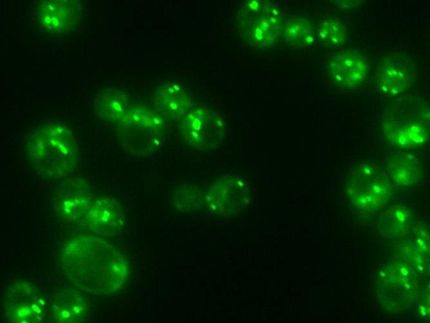Scientists Crack the Gingivitis Genetic Code for First Time
Study Shows Nearly One-Third of Human Genome is Involved in Gingivitis
Advertisement
For the first time, US scientists have successfully identified gene expression and biological pathways involved in the onset and healing process of gingivitis, a condition affecting more than 50% of the UK adult population, and which if left untreated, can potentially lead to heart disease, diabetes and pre-term birth. This new research, which shows that development and reversal of gingivitis at the molecular level is much more complicated than its causes might indicate, is published in the Journal of Peridontology.
Dr. Nigel Carterchief executive for the British Dental Health Foundation commenting on these findings said: "Research has linked gum disease to a potential risk of heart disease, diabetes, strokes, premature births and low birth-weight babies, as well as tooth loss. Understanding how gingivitis (gum inflammation) develops and resolves on a molecular level, may provide critical insights into the prevention and treatment of gum disease. Gum disease affects most people at some point in their lives, so there is no excuse for ignoring good dental hygiene. People can help prevent gum disease developing by taking care of their teeth and gums by brushing twice a day with fluoride toothpaste, and cleaning between teeth with floss or interdental brushes. Using a power brush with a rotating oscillating head can help remove up to twice as much plaque. Always look for a brush recommended by the Foundation."
The research, 'Gingival Transcriptome Patterns during Induction and Resolution of Experimental Gingivitis in Humans', conducted by theUniversity of North Carolina at Chapel Hillhas found that more than 9,000 genes - approximately 30% of the genes found in the human body - are involved at the onset of gingivitis and the healing process. Gingivitis is characterized by gums that are red, swollen and tender and that bleed easily during brushing and flossing.
"The study';s findings demonstrate that clinical symptoms of gingivitis reflect complicated changes in cellular and molecular processes within the body," saidSteven Offenbacher, D.D.S., Ph.D., the study's lead author and director of the UNC School of Dentistry-based Center for Oral and Systemic Diseases.
"Understanding the thousands of individual genes and multiple systems involved in gingivitis will help explain exactly what is occurring in a person's body at the onset of the disease and how it relates to their overall health."
The build-up of plaque formed during the onset of gingivitis represents the overgrowth of bacteria as a biofilm on the teeth above and below the gum line. Biofilms can form in other parts of the body and are known to be involved with health conditions, such as urinary tract infections, ear infections and chronic sinusitis. Researchers believe learning about how the body interacts with bacteria overgrowth during gingivitis could provide insight into a variety of bio-film-associated diseases.
"Data generated by the study will be crucial in developing new approaches to treating gingivitis," said Leslie Winston, D.D.S., Ph.D., co-author of the study and Director of Professional and Scientific Relations at P&G Oral Care. "We plan to conduct additional research to identify biomarkers of gum disease in at risk individuals and hope that this will lead to new and more advanced treatment options and preventative measures."


















































